Achum of mine claims to have put two of his sons through private school solely on the back of his wine investments. He’s certainly done very well, his greatest coup being the four cases of 1986 Le Pin he bought in 1990 for £200 a dozen and sold two years later for £5,000 a dozen. But strangely,and as he cheerfully admits, he knows very little about wine. Indeed, last time I saw him, he served a very fine Chassagne Montrachet which he declared to be the best white Bordeaux he’d ever had — nuff said.
Several years ago, my anonymous (and, it must be said, relatively well off) chum threw himself on the mercy of a wine merchant, told him how much money he had spare, and let the merchant get on with it. He reckons that he’ll soon have enough wine stored away to see him through, with no more purchases necessary. ‘My wife has no idea how much I spend on wine but it can’t be as much as she spends on shoes,’ he observes. But his story demonstrates that investing in wine on whatever your chosen scale can be both fun and — if you do it right — remunerative. Best of all, if you don’t make your fortune you can always drown your sorrows.
Where to buy
Jason Yapp of Loire and Rhône specialists Yapp Brothers nails it when he says, ‘The first, absolute cast iron rule of buying wine for investment is to deal with a reputable merchant.’
There are some low-down rotten hounds out there, all too keen to prey on the unwary wine lover, and it’s vital you know what you’re buying and where from. Some readers will recall the debacle at Mayfair Cellars some ten years ago, where serious fraud led to the collapse of the company and the loss of many hundreds of thousands of pounds of customers’ wines. And then there was Rudy Kurniawan, whose counterfeit bottle scam defrauded collectors out of millions of dollars and resulted in him being banged up for ten years.
Yapps’ are a member of The Bunch, a loose coalition of excellent independent wine merchants which also includes Adnams, Berry Bros & Rudd, Corney & Barrow, Lea & Sandeman and Tanners, set up in the wake of the collapse of an unrelated merchant largely in order to forge a code of practice with regard to customers’ private reserves and en primeur sales. Between them they boast some 950 years of experience and are never going to sell you a pup. There are other fine independent merchants too, such as Private Cellar, Goedhuis & Co, D. Byrne & Co and, with a slightly different modus operandi, The Wine Society. All of these names offer a great place to start.
So buy from a source you know and trust. And if in doubt, visit the Wine and Spirit Trade Association website, www.wsta.co.uk, and acquaint yourself with their excellent Investing in Fine Wines: Don’t Be a Victim of Fraud.
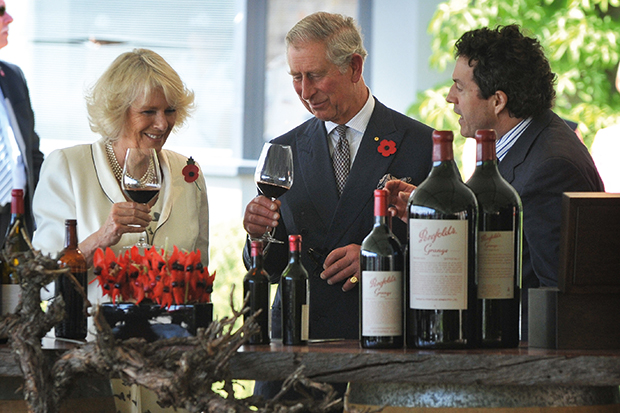
Old world and New World icons: a royal tasting of Penfolds Grange
What to buy
Jason Yapp’s second cast-iron rule of buying wine for investment is never to buy anything that you’re not prepared to drink if the market doesn’t go your way.
The traditional approach has always been to buy en primeur (whereby the most recent vintage is sold by producers to merchants then on to their customers while still in barrel, for delivery once bottled) and to concentrate on Bordeaux and, to a lesser extent, Burgundy, the Rhône, Champagne and Port and, increasingly, the Super Tuscans of Italy and the so-called icon wines of the New World such as Penfolds Grange (Australia), Opus One, Screaming Eagle (California) and — possibly — Almaviva or Seña (Chile).
‘Bordeaux is the bedrock of any cellar,’ explains Tom Cave, head of customers’ private reserves at Berry Bros & Rudd. ‘2015 Bordeaux is well worth a look, especially since 2016 isn’t looking too encouraging. Otherwise I’d recommend going back to 2009 and 2010 Bordeaux, which were pricey on release but are now quite friendly; or 2005, which is a proven vintage of real quality.’
Robert Boutflower of Tanners suggests spending as much as you can on your purchases because, as with property, it pays to trade up. Added to which, Boutflower points out, if you buy a £100 case of claret and pay upwards of £10 a year storage, you’ll need it to put on 200 per cent to break even when you sell it. Buying at £1,000 a case carries one-tenth the storage charges by comparison.
Canny investors follow the wine trade cliché of buying top wines in run-of-the-mill vintages and run-of-the-mill wines in top vintages, when they punch above their weight.
Just remember that it’s all too easy to think that wines appreciate much more quickly than they do — and although a wine could shoot up overnight after a top score from the uber-critic Robert Parker in his pomp, it’s more of a slow burn these days.
Oh, and don’t forget that wine is considered a wasting chattel by HMRC and is technically free of capital gains tax. Should they think you’re trading wine rather than drinking it, though, you might possibly become liable.
Where to store your wine
I recently gave a rough assessment of the wine collection belonging to a newly deceased neighbour. On the face of it, the many First Growths and so-called Super Seconds — in all the great vintages since the majestic 1982 — must have been worth around £10,000. In actual fact they were worth zilch. Every single bottle had a torn, stained label, a ripped capsule and a seeping cork, and each one was ullaged beyond redemption. The bottles had been taken from their boxes and stored (often standing up) all over a dreadfully overheated house and in an often freezing garage. Not one was drinkable, let alone saleable.
This is a sad and extreme example but underlines the importance of storing wine bought for investment with the merchant from whom you bought it, fully insured (at replacement not purchase value) in a temperature-controlled warehouse. It should remain in perfect condition and its provenance will be impeccable when you come to sell it.
Store it at home and your wine won’t hold its value nearly so well, even if you have a state-of-the-art-cellar: potential purchasers won’t know that it hasn’t been kept under your bed. Added to which wine stored at home can be too much of a temptation. Try and remember, as you stagger home pissed from the pub searching for something to drink before you go to bed, 11 bottles are never worth 11 twelfths of an unopened wooden case of Cru Classé claret.
Best of all, store your wine with the merchant in bond (if not at your merchant, then at a specialist facility such as Octavian Vaults or Smith & Taylor), so that duty and, more importantly, VAT, are not paid until someone wants to drink it, which might not be you. You can resell in bond, or should you wish to remove the wine and drink it, you pay the duty plus the VAT at the prevailing rate but on the original purchase price.
The post Cash in the cellar appeared first on The Spectator.
Got something to add? Join the discussion and comment below.
Get 10 issues for just $10
Subscribe to The Spectator Australia today for the next 10 magazine issues, plus full online access, for just $10.

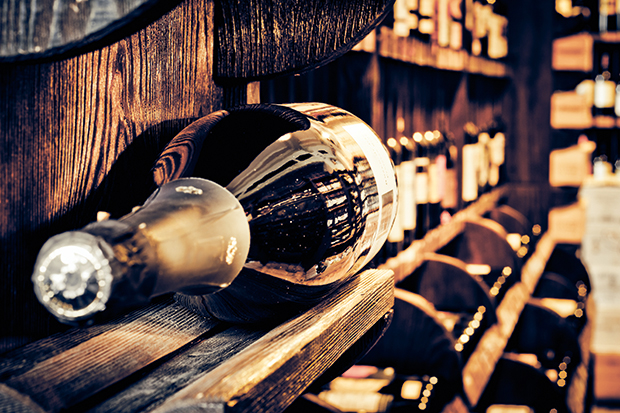
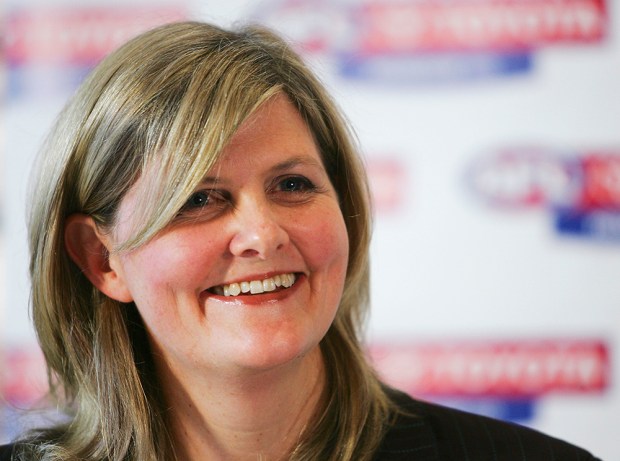
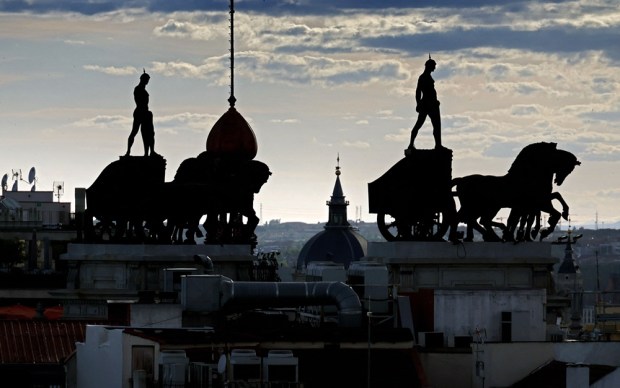


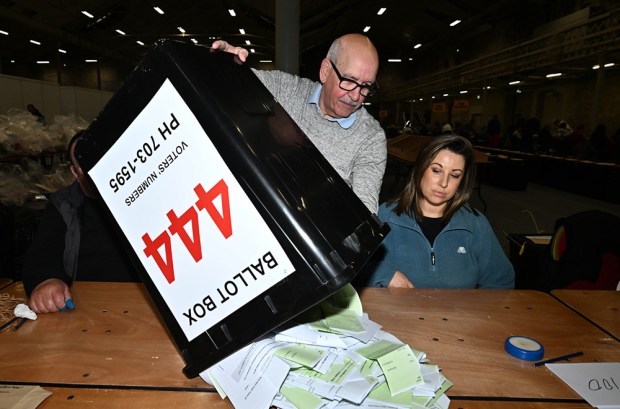







Comments
Don't miss out
Join the conversation with other Spectator Australia readers. Subscribe to leave a comment.
SUBSCRIBEAlready a subscriber? Log in